A poetic connection: Nendo's mammoth retrospective at Design Museum Holon
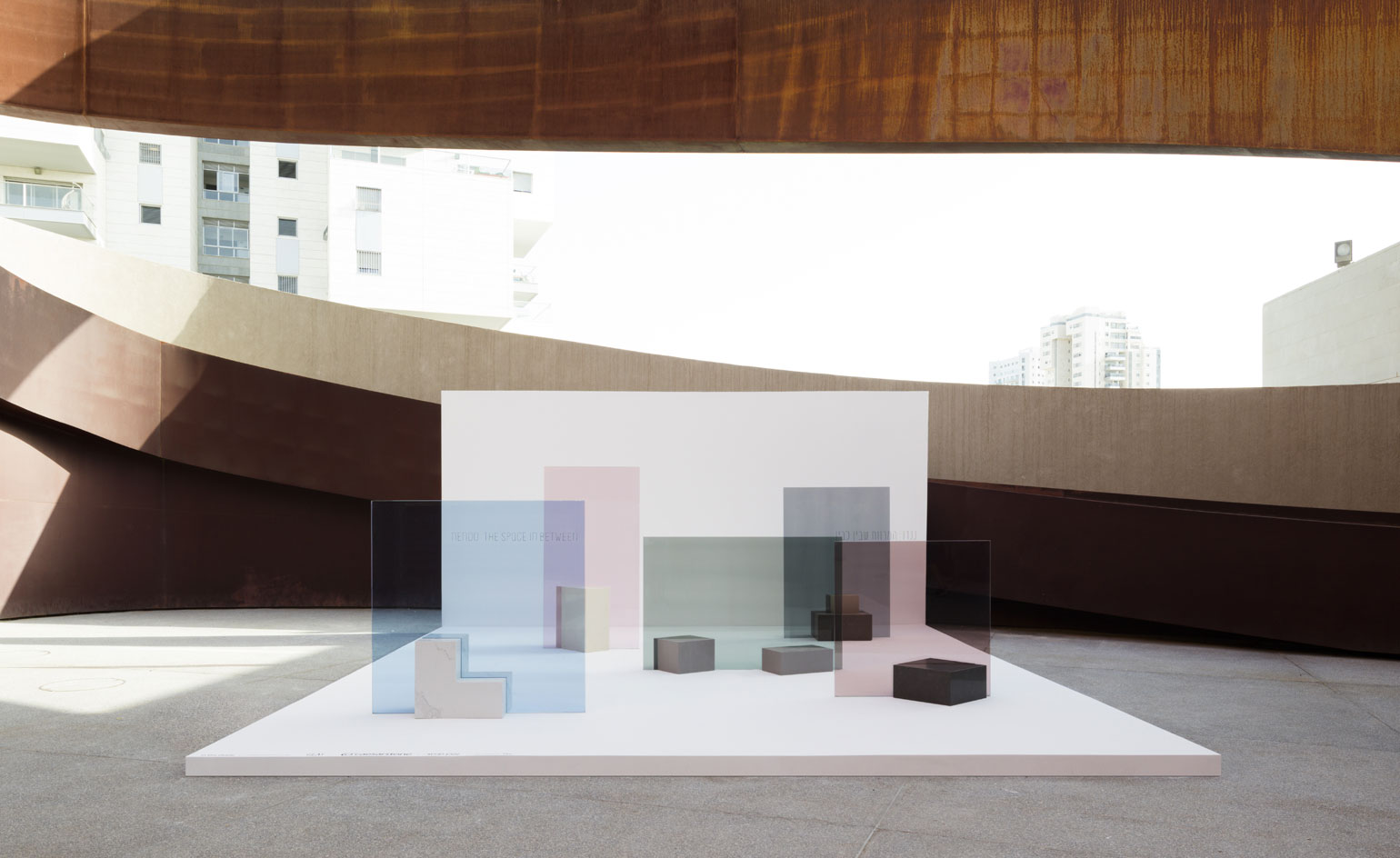
Sushi and a bonsai plant. These are the metaphorical comparisons Nendo's founder Oki Sato makes of his studio's style of design. Design that can produce 100 pieces a year, and simultaneously work on 400 at the same time. Design that astonishes the rest of the industry, with its ability to maintain an impeccable level of purity and hurl out product after product. 'I place a lot of importance on the freshness of the ideas.' He reveals, in his comparison to sushi, 'I try to work quickly, shaping the fish before the heat of my own body is transferred over to it.'
It comes as no surprise that someone was soon going to suggest the idea of a retrospective for the Japanese inventor, but for such a young brand that formed just over ten years ago, it is still quite a feat. The show follows on from the year survey of the studio's work at Salone del Mobile in 2015, and the mesmerising triumph of this year’s the 'Light and Shadow' marble exhibition with Marsotto Edizioni in Milan. It is quite fitting that what comes next is a question of what is between these opposites, in-between the conveyer belt of products, in-between the personal and professional life of Oki Sato and Nendo design.
Housed in the Ron Arad-designed Design Museum Holon in Tel Aviv that just celebrated its fifth anniversary, ‘The Space in Between’ is pulled together by curator Maria Cristina Didero as an almost scientific investigation of the designer’s processes, imagination, shapes and materials, and how they all intrinsically connect. The exhibition opens with a new site-specific piece that brings together the wares of Glas Italia and Caesarstone, titled 'In the shade'. Located within the rusted steel ribs of the Holon's atrium, the contrasting sheets of material cajole with shade and lighting. This tactically introduces us to a running theme with the show's subtleties. ‘Japanese designers really try to look into light and shadow, rather than colours,’ Sato explains.
Following this is the mighty plethora of designs across two floors of the impressive edifice, kindly categorised by Didero into six divisions of 'Between': 'Textures', 'Objects', 'Relationships', 'Boundaries', 'Senses' and 'Processes.'
The research starts on the lower ground floor with an array of 12 unique Nendo chairs, each piece from a different category. Every seat shows his abstract, slightly fairy-tale like versions of an everyday product, from the ‘Fadeout’ chair that blends wood and glass to the ‘Diamond’ chair that looks more like an atomic structure than a chair.
The upper floor is host to the rest of the 74 designs, each arranged in bright white boxes, allowing the different forms to stand out. Here the show travels from the ‘Processes’ section, which highlights the studio's delicate side in the intricacy of the patchwork glass for Lasvit all the way to the ‘Objects’ section that contains the compact emergency aid kit for natural disasters 'MINIM+AID'.
This epic leap from one panache to another continues, whether its is a USB stick paper clip for Elecom that they created with Italian designer Luca Nichetto, or geometric chocolates for Maison&Objet Paris, their elegance is maintained. 'It is possible to find a balance between industry and poetry,' Sato explains, 'I call it the balance between the right brain and the left brain.'
Witnessing such masterpieces bound together, we are also invited into Sato's personal self, which is imbued in every piece. 'Design is part of my everyday life, like breathing or sleeping,' he tells Didero, 'I think that the day I begin to consider design as work will be my final day as a designer.’ We certainly hope that day never comes.
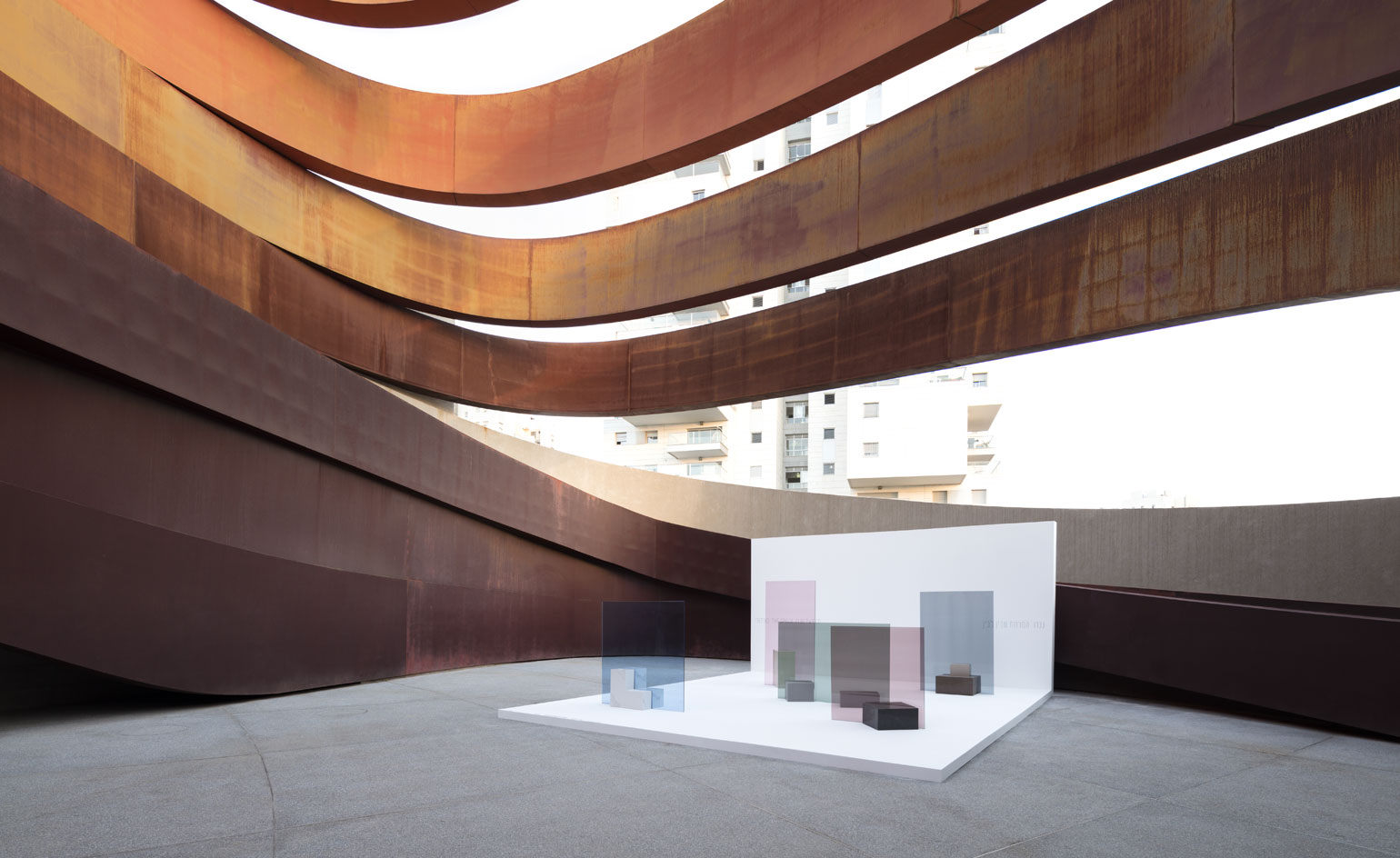
The exhibition opens with a new site-specific installation piece that brings together the wares of Glas Italia and Caesarstone titled ‘In the shade'
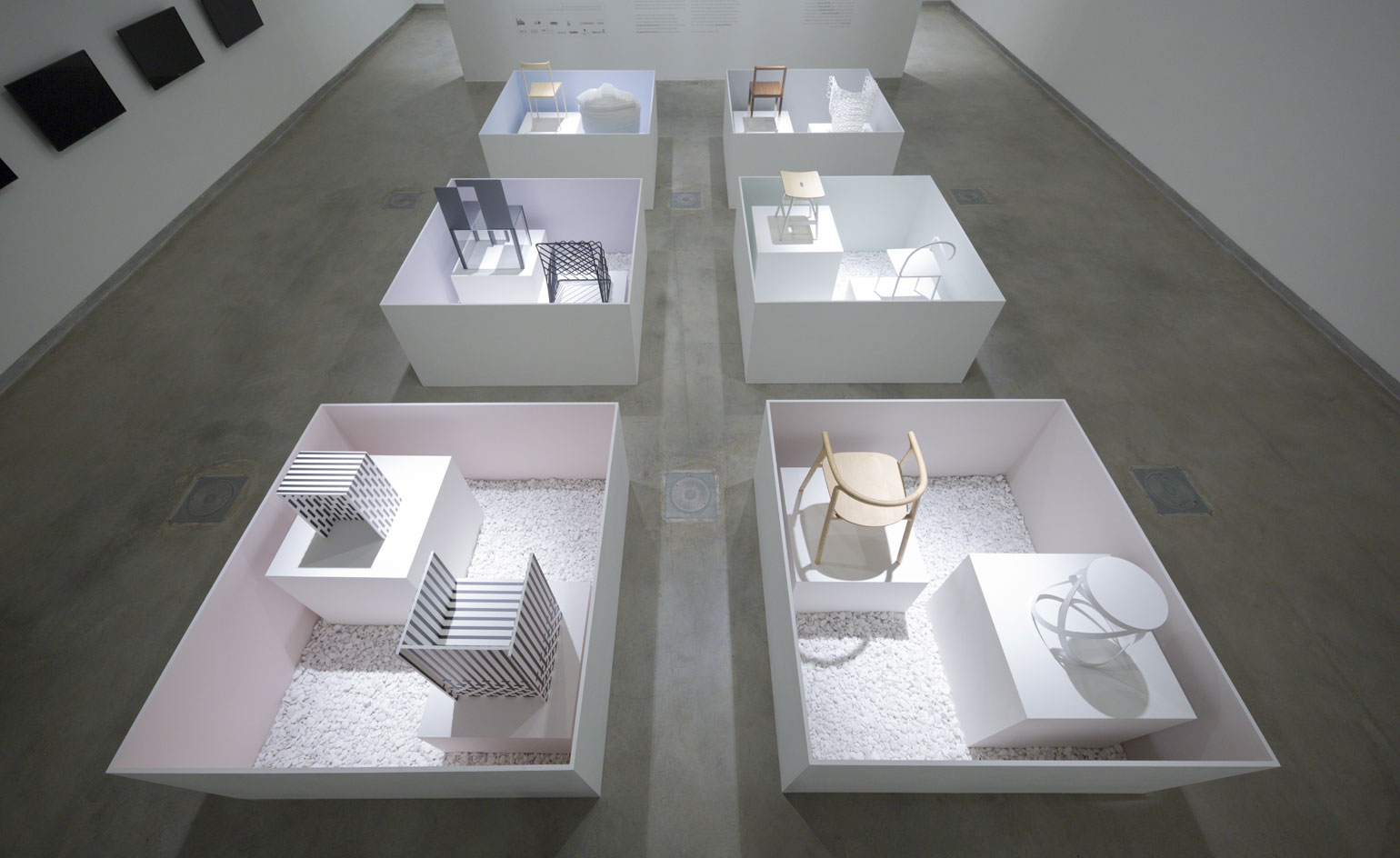
The show is divided by Didero into six divisions of 'Between': 'Textures', 'Objects', 'Relationships', 'Boundaries', 'Senses' and 'Processes'
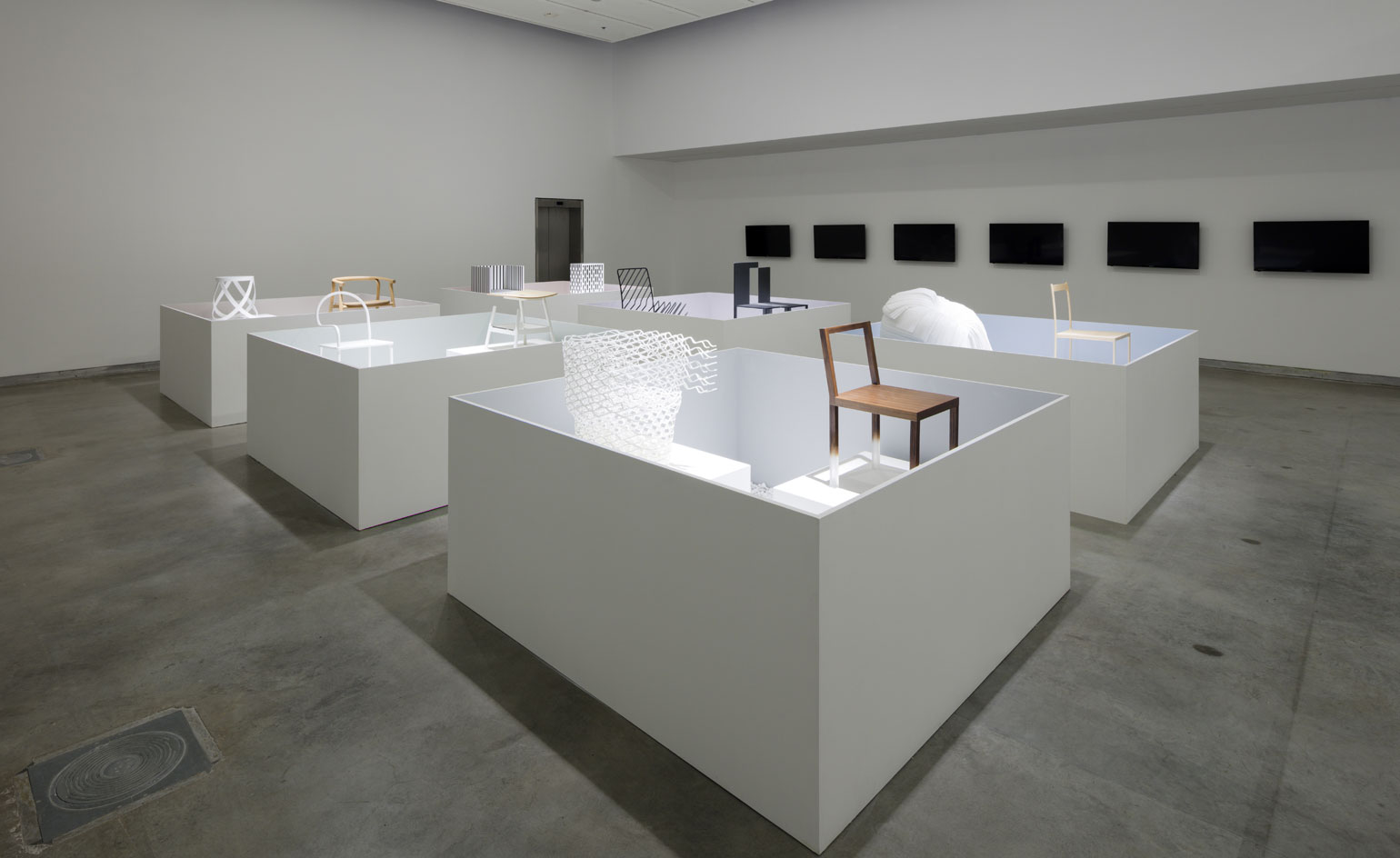
The research starts on the lower ground floor with an array of 12 unique Nendo chairs, each piece from a different category. Every seat shows his abstract versions of an everyday product
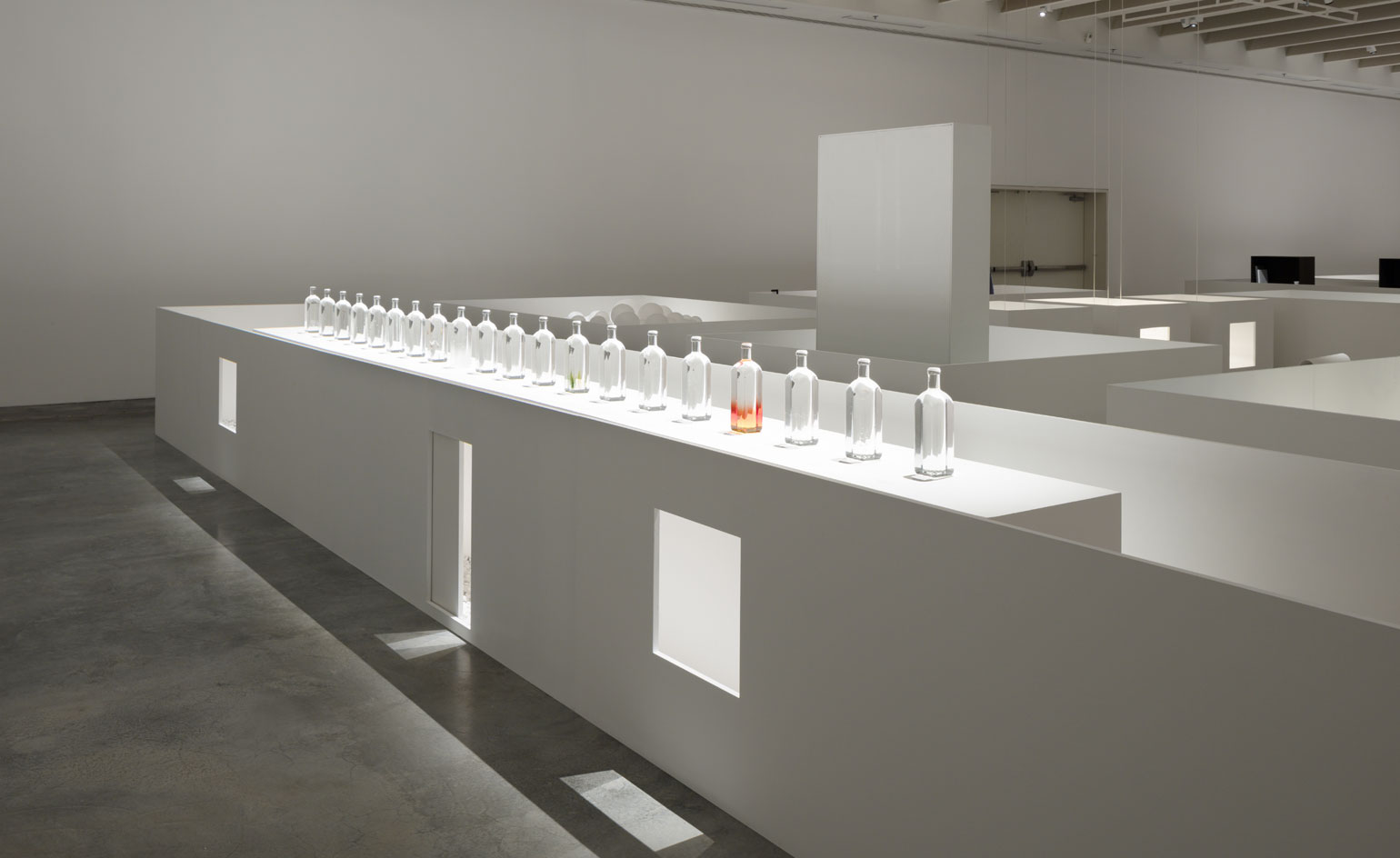
'Japanese designers really try to look into light and shadow, rather than colours,’ Sato explains. Pictured: Rain Bottle for 'Trend Exhibition' at Maison&Objet Paris, 2014, in the 'Between Senses' category
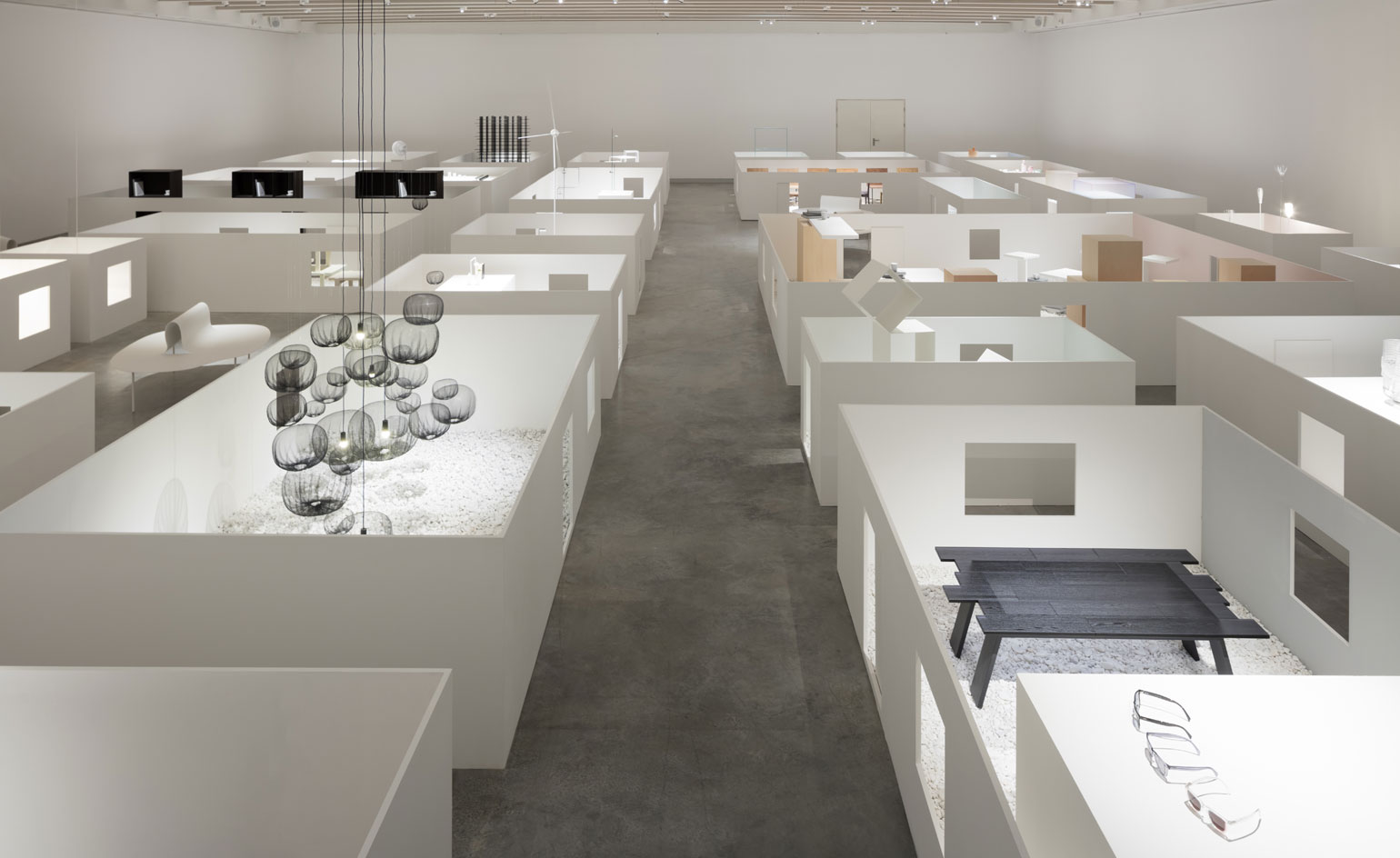
The upper floor is host to the rest of the 74 designs, each arranged in bright white boxes, leaping from one panache to another yet maintaining the Nendo elegance
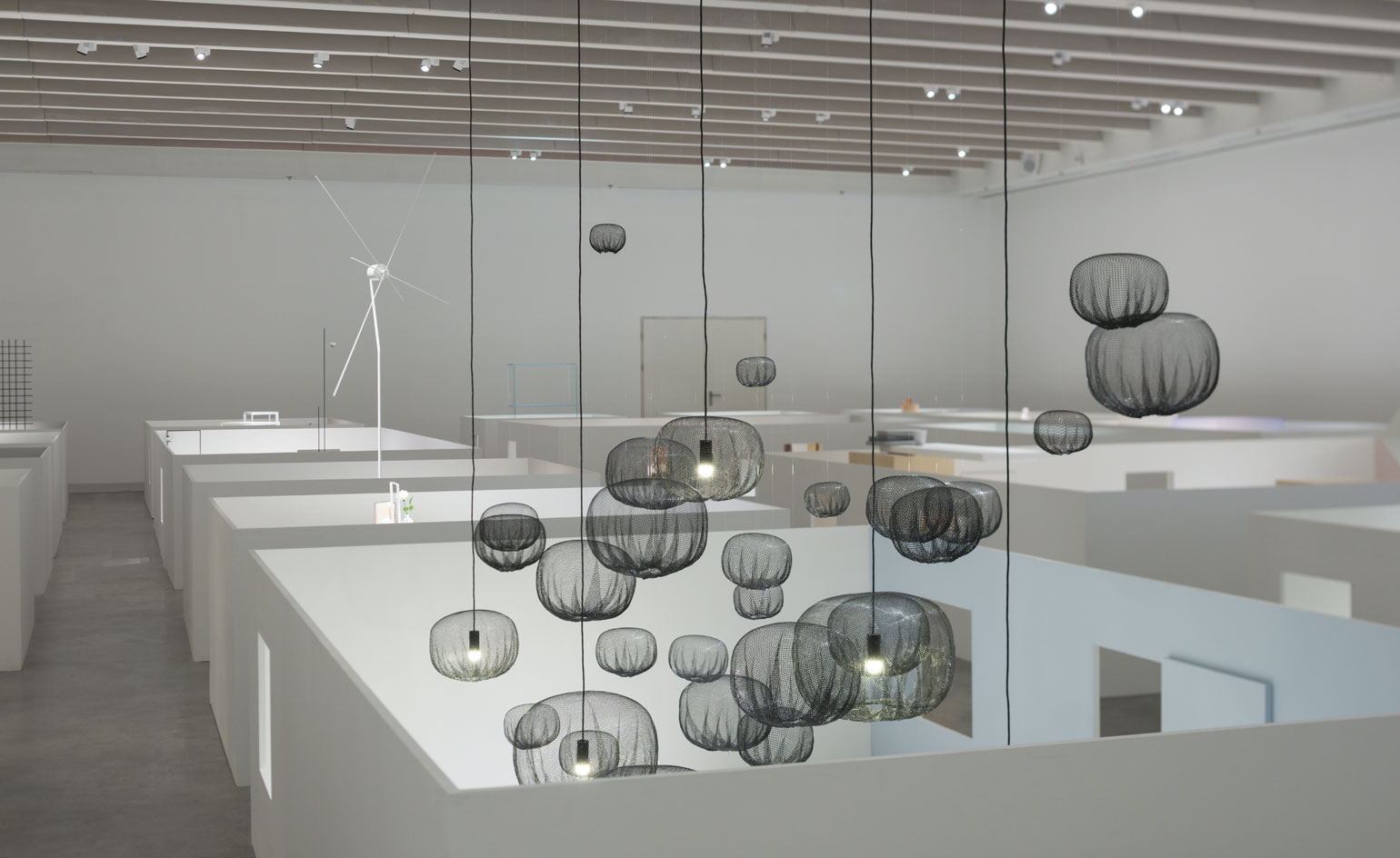
Featured in the 'Processes' section is the 'Farming-net' lamp for Carpenters Workshop Gallery, Paris, 2012. The piece was sculpted by heat-forming, agricultural ne
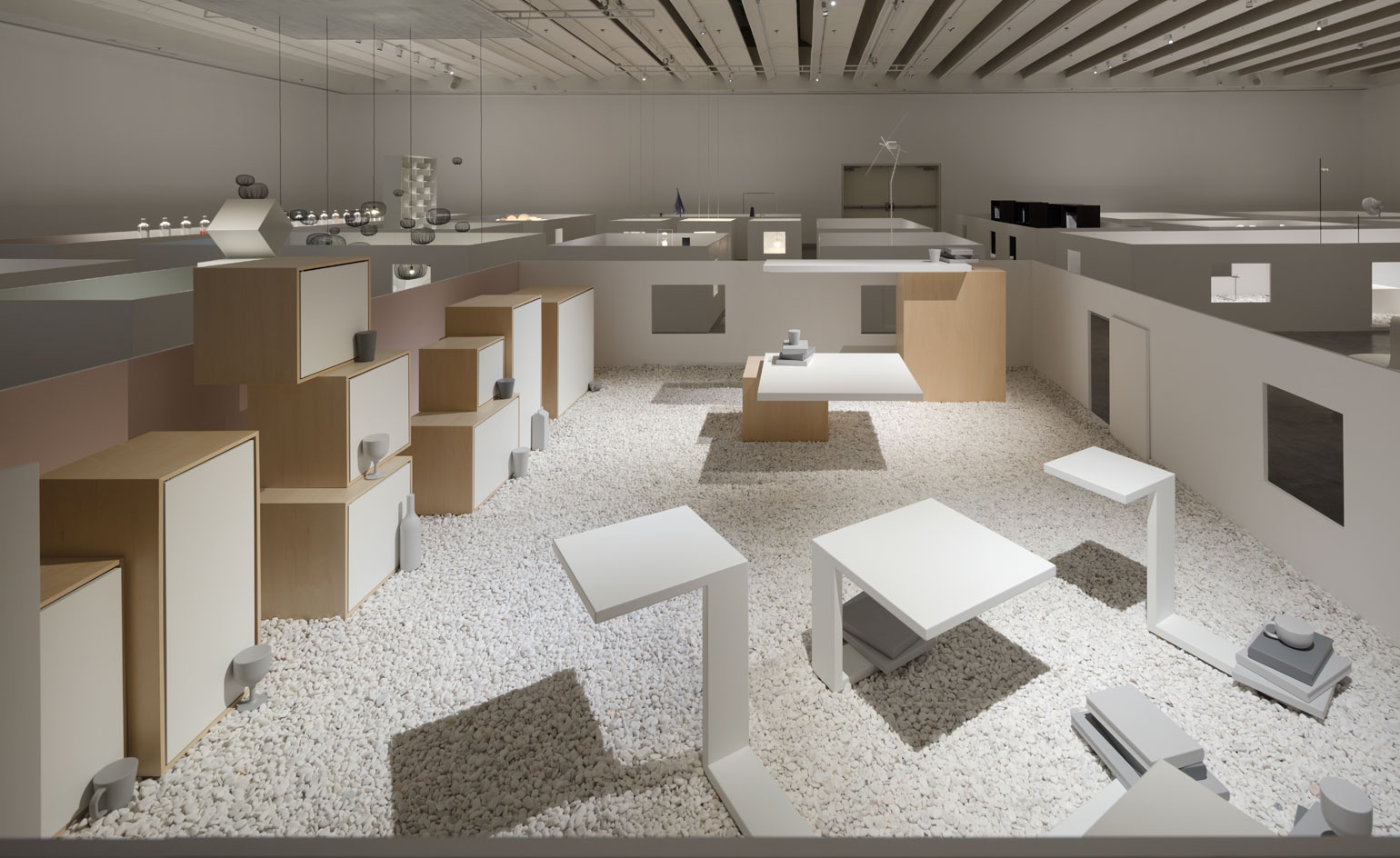
'It is possible to find a balance between industry and poetry,' Sato explains, 'I call it the balance between the right brain and the left brain'
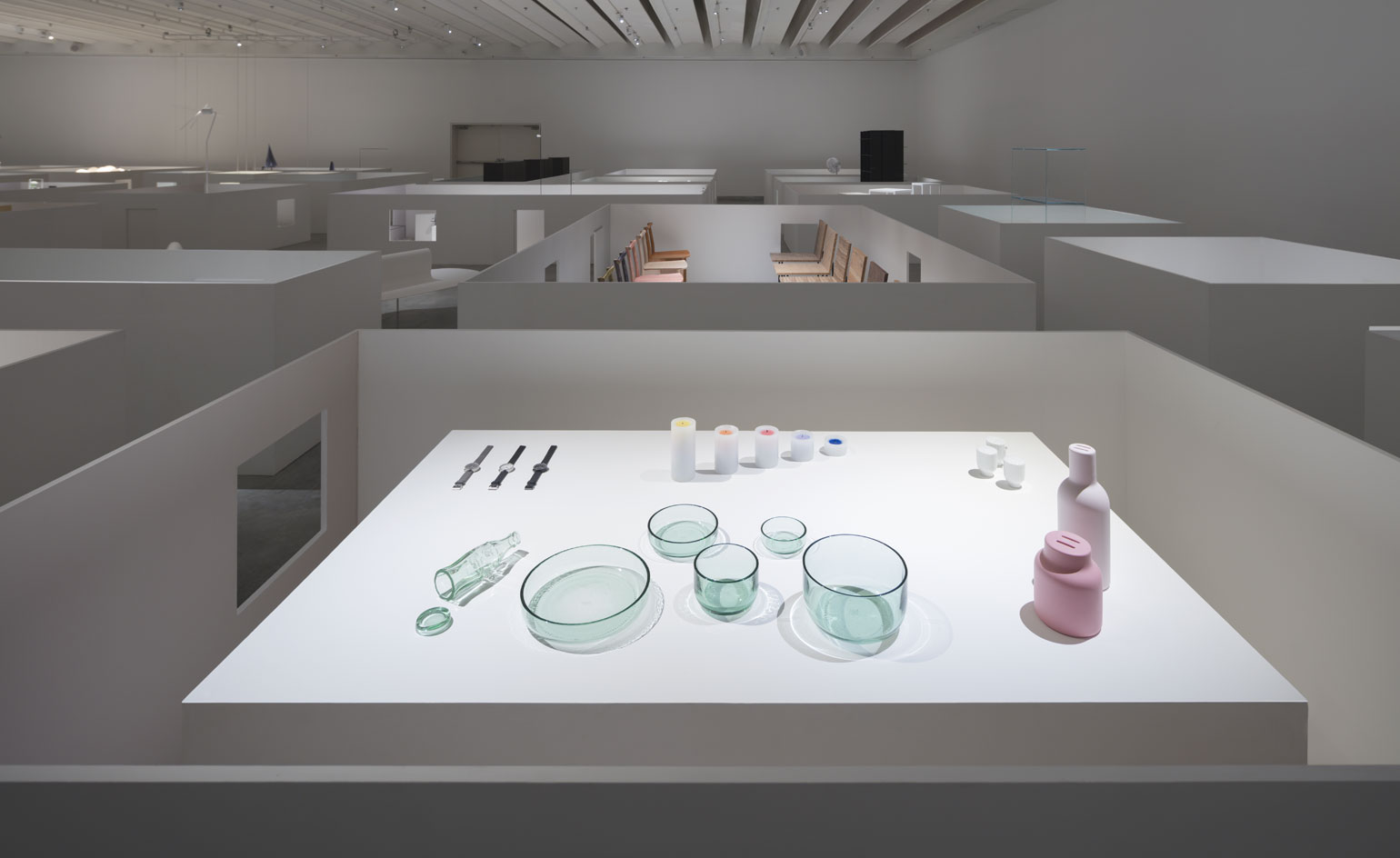
The 'Senses' section also includes the ceramic 'Pyggy-bank' for Isetan, 2010 and 'Bottleware' that uses the Coca-Cola bottle glasses, made in 2012
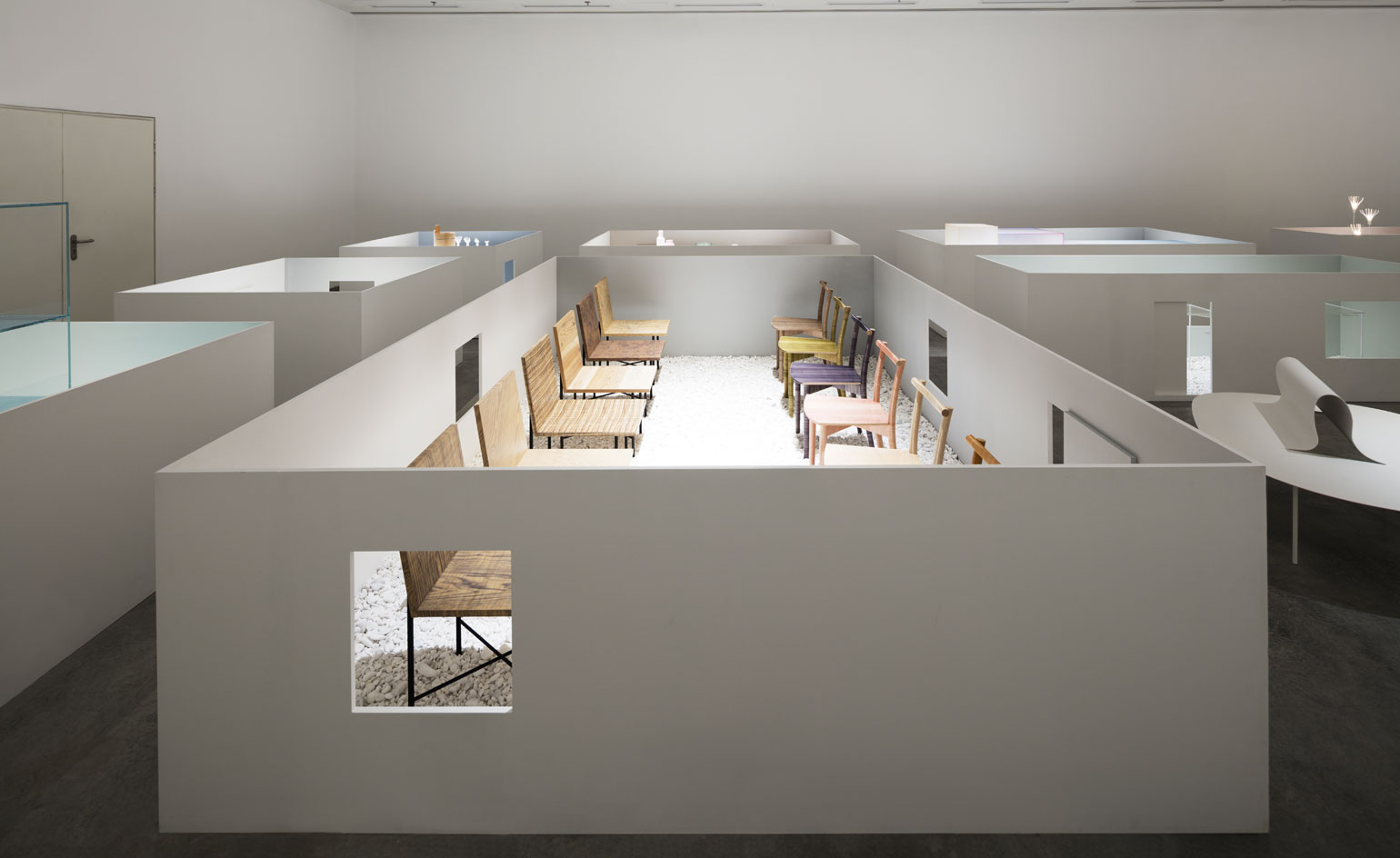
INFORMATION
'Nendo: The Space in Between' is on view until 29 October at Design Museum Holon, for more information, visit the museums's website.
Photography: Takumi Ota
ADDRESS
Pinhas Eilon St. 8 Holon
5845400
Israel
Receive our daily digest of inspiration, escapism and design stories from around the world direct to your inbox.
Sujata Burman is a writer and editor based in London, specialising in design and culture. She was Digital Design Editor at Wallpaper* before moving to her current role of Head of Content at London Design Festival and London Design Biennale where she is expanding the content offering of the showcases. Over the past decade, Sujata has written for global design and culture publications, and has been a speaker, moderator and judge for institutions and brands including RIBA, D&AD, Design Museum and Design Miami/. In 2019, she co-authored her first book, An Opinionated Guide to London Architecture, published by Hoxton Mini Press, which was driven by her aim to make the fields of design and architecture accessible to wider audiences.
-
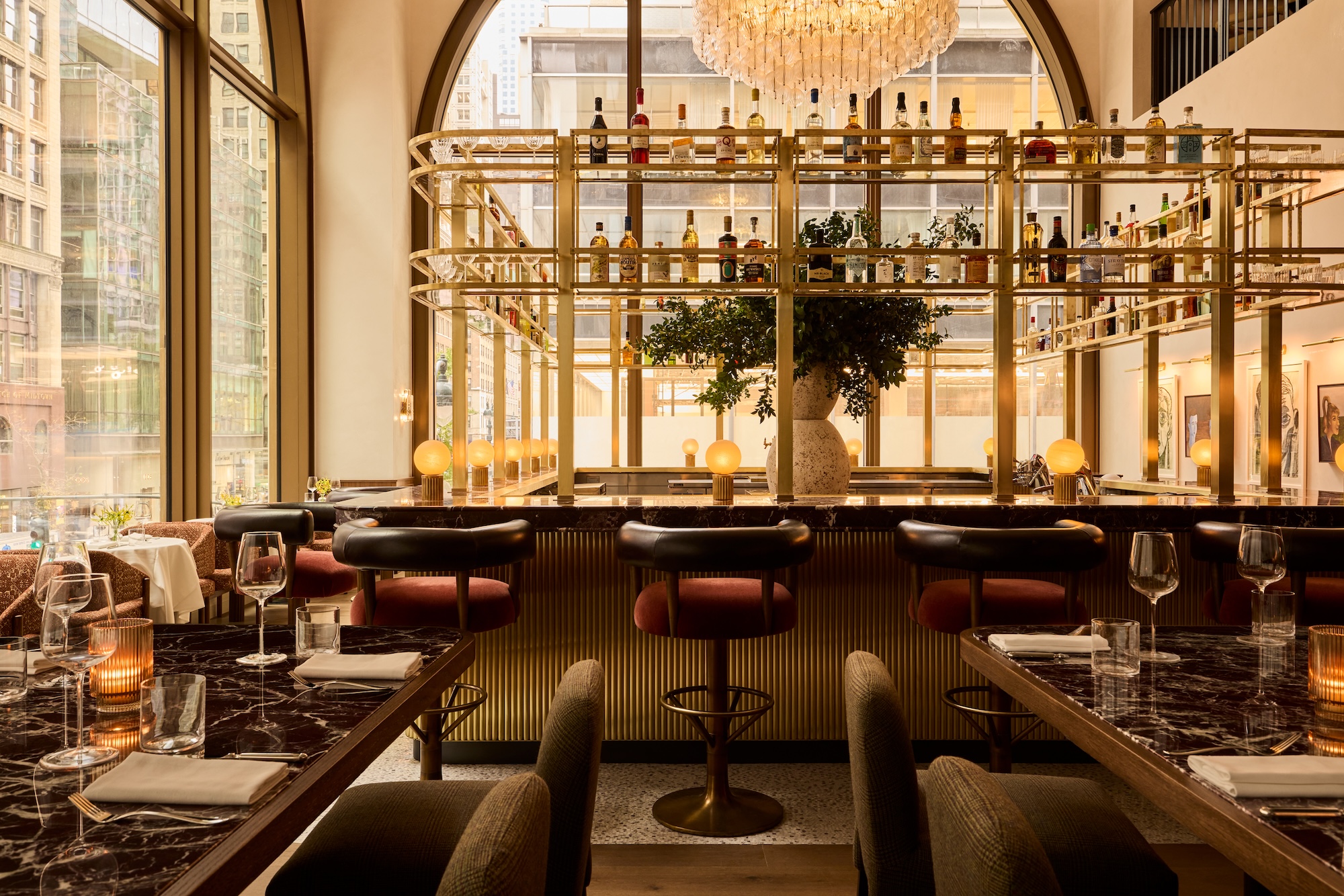 New York's members-only boom shows no sign of stopping — and it's about to get even more niche
New York's members-only boom shows no sign of stopping — and it's about to get even more nicheFrom bathing clubs to listening bars, gatekeeping is back in a big way. Here's what's driving the wave of exclusivity
-
 The diverse world of Belgian embassy design – 'style and class without exaggeration'
The diverse world of Belgian embassy design – 'style and class without exaggeration''Building for Belgium: Belgian Embassies in a Globalising World' offers a deep dive into the architecture representing the country across the globe – bringing context to diplomatic architecture
-
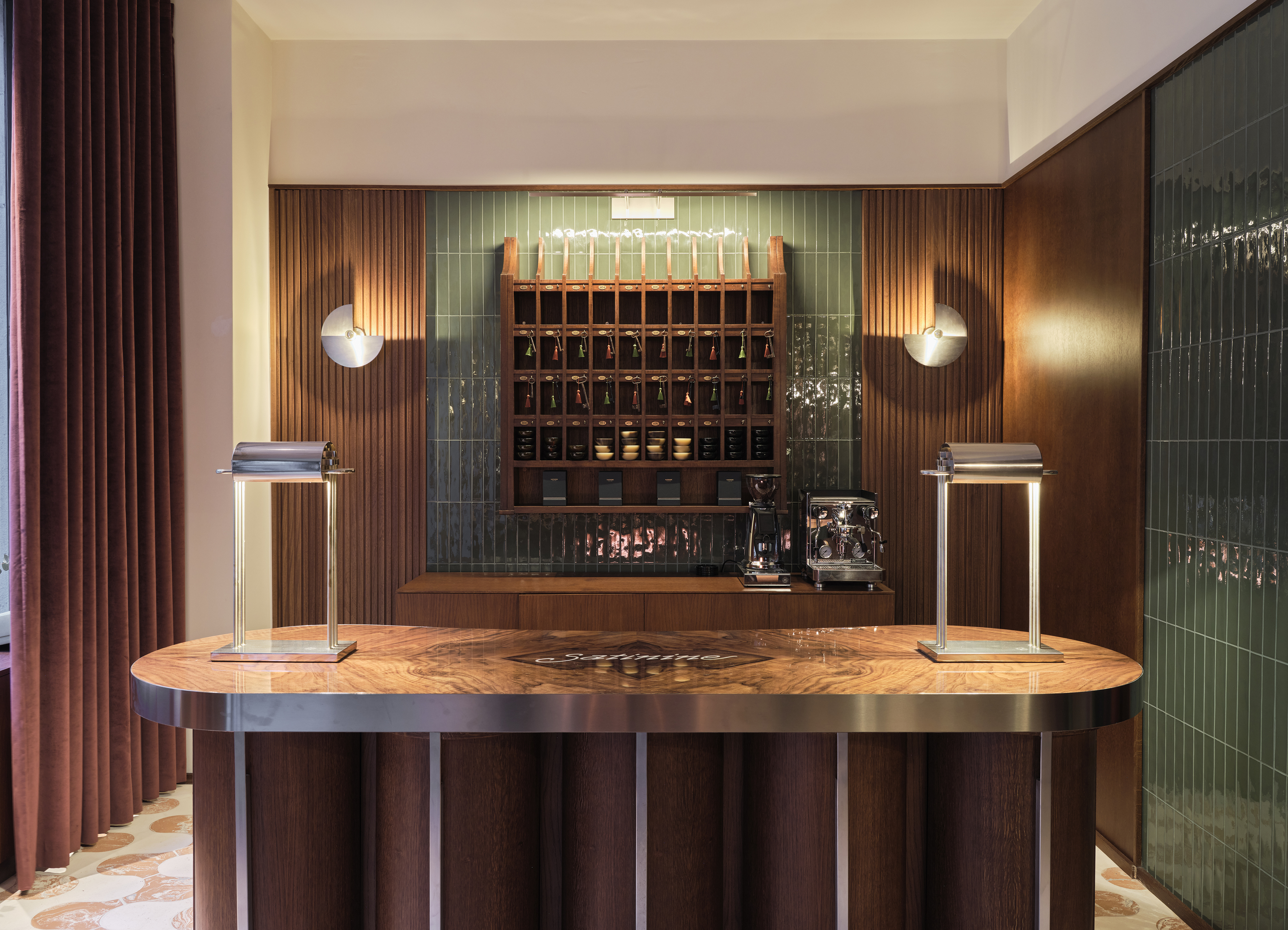 Pull up a bespoke pew at Milan’s new luxury perfumery Satinine, an homage to the city’s entryways
Pull up a bespoke pew at Milan’s new luxury perfumery Satinine, an homage to the city’s entrywaysDesigner Mara Bragagnolo fuses art deco details to bring storied Milanese fragrance brand Satinine into the 21st century
-
 Nendo’s collaborations with Kyoto artisans go on view in New York
Nendo’s collaborations with Kyoto artisans go on view in New York‘Nendo sees Kyoto’ is on view at Friedman Benda (until 15 October 2022), showcasing the design studio's collaboration with six artisans specialised in ancient Japanese crafts
-
 Saul Steinberg: behind the scenes at Triennale Design Museum
Saul Steinberg: behind the scenes at Triennale Design MuseumTriennale Design Museum and publishing house Electa present ‘Saul Steinberg Milano New York’, a new exhibition (until 13 March 2022) that pays homage to the American artist through 350 works. Join us for a behind-the-scenes peek at it's installation
-
 Ten years of Muller Van Severen, at Design Museum Ghent
Ten years of Muller Van Severen, at Design Museum GhentA new exhibition by Belgian design duo Muller Van Severen (until 6 March 2022) features a retrospective of the studio’s ten years as well as a curation of pieces from the Design Museum Ghent collections
-
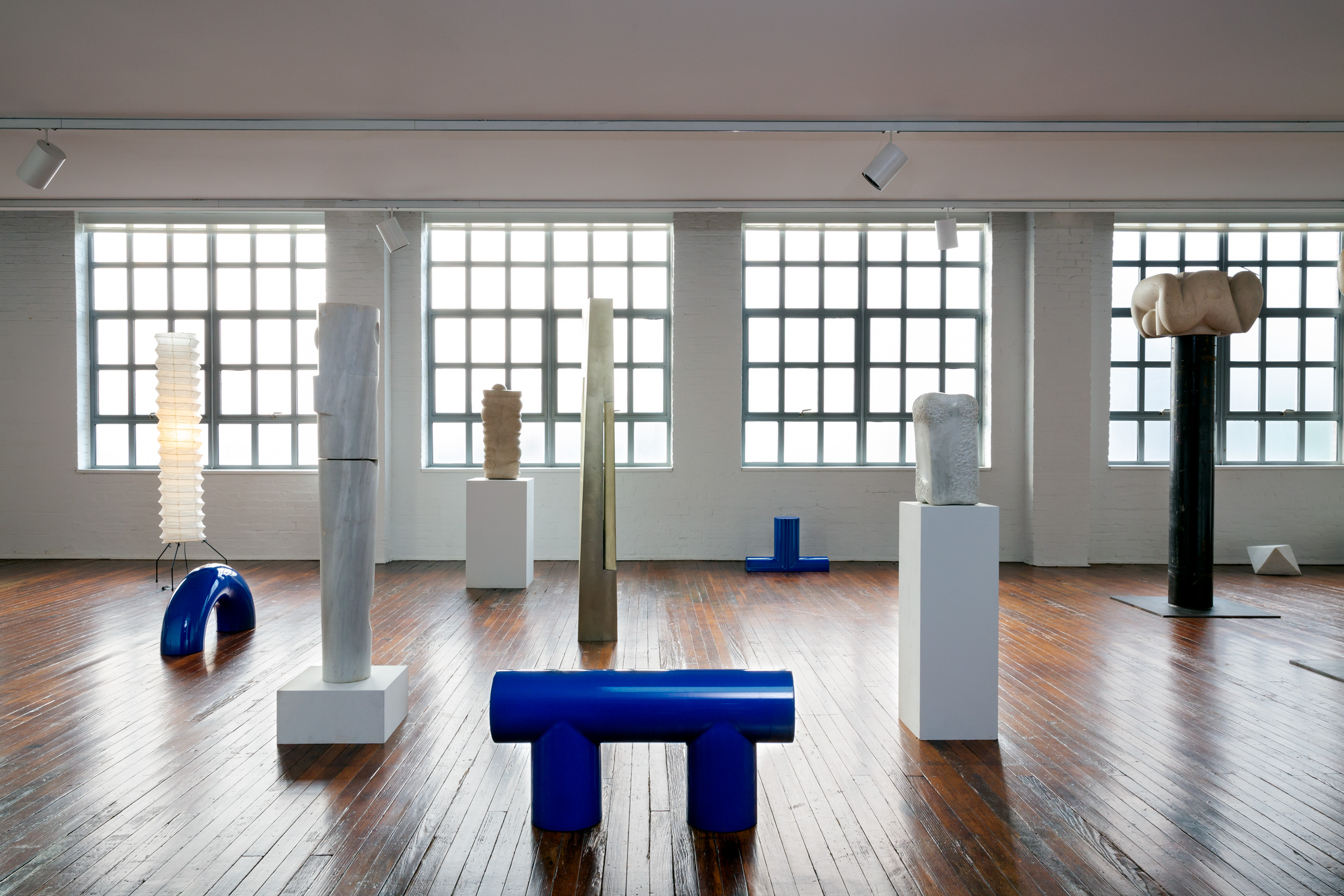 Noguchi show celebrates his reverence for Greece
Noguchi show celebrates his reverence for GreeceDesign show ‘Objects of Common Interest: Hard, Soft, and All Lit Up with Nowhere to Go’ opens in collaboration with Wallpaper* Designers of the Year, Objects of Common Interest, at the Noguchi Museum in Queens, New York (until 13 February 2022)
-
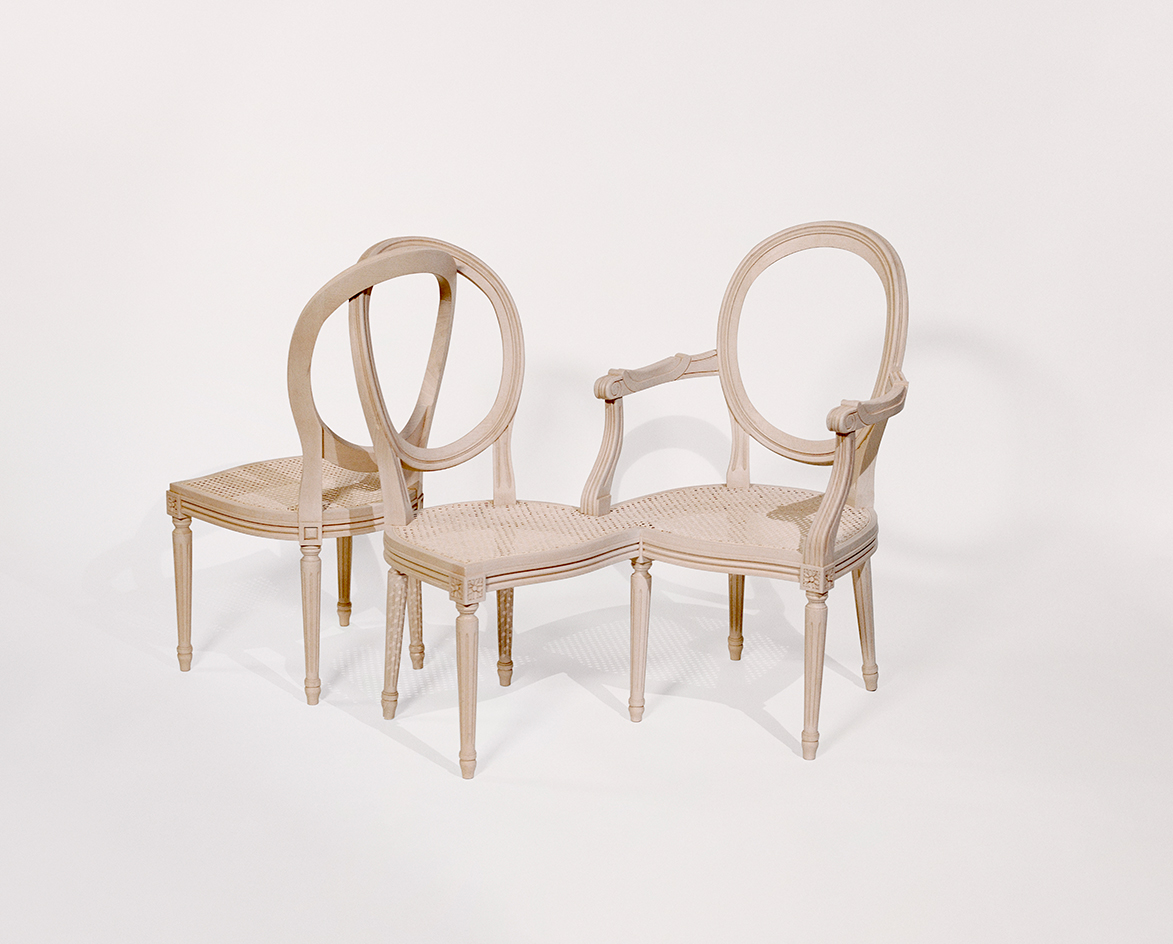 17 designers and artists reinterpret Dior's ‘Medallion’ chair
17 designers and artists reinterpret Dior's ‘Medallion’ chairThe Dior ‘Medallion’ chair project marks the French maison's most significant presence at Milan’s Salone del Mobile to date
-
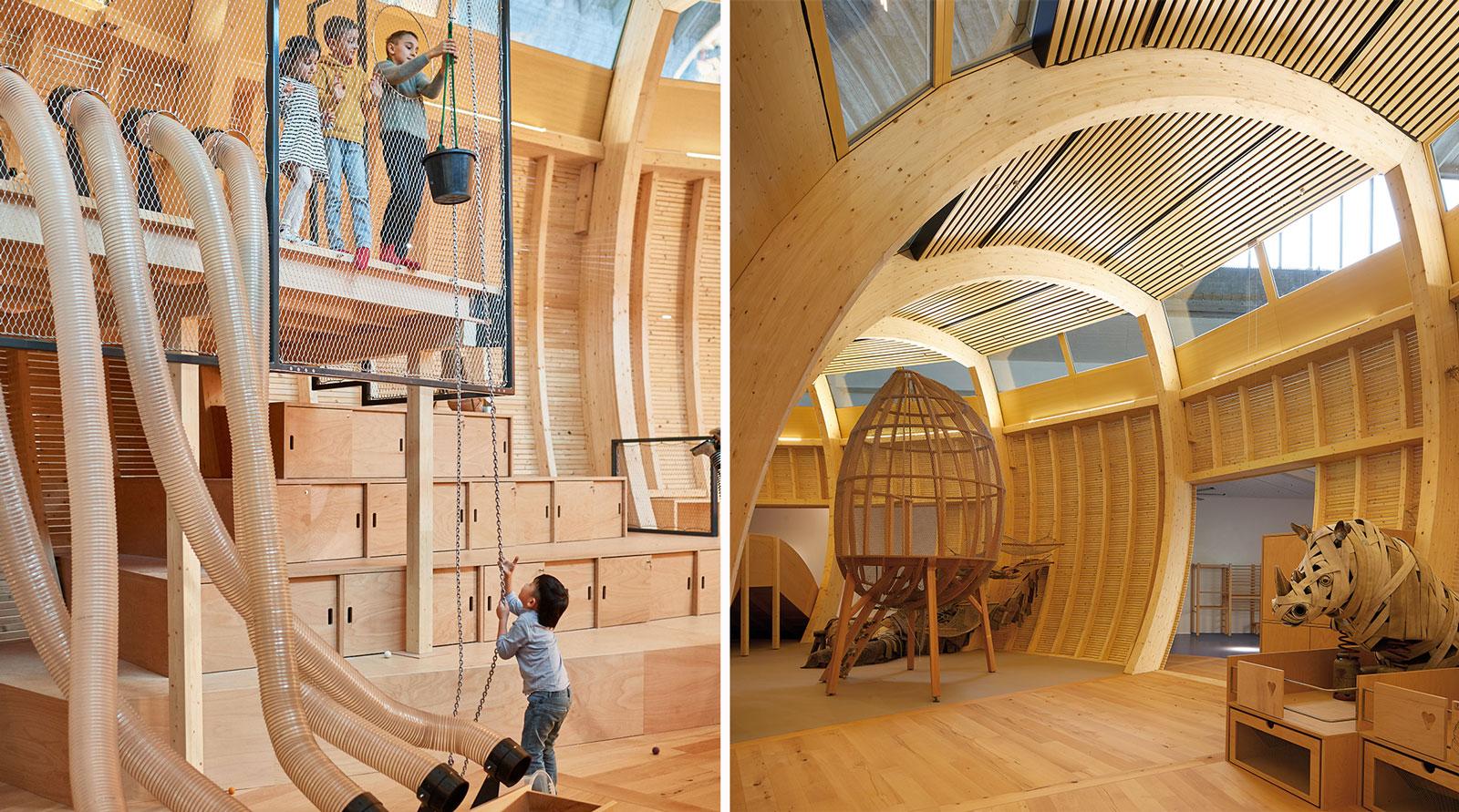 ‘Design not for children, but for everyone’: Jewish Museum Berlin’s new play space
‘Design not for children, but for everyone’: Jewish Museum Berlin’s new play spaceOlson Kundig architecture and design practice brings kids’ play space ANOHA Children’s World to life inside a vast former wholesale flower market, at the Jewish Museum Berlin
-
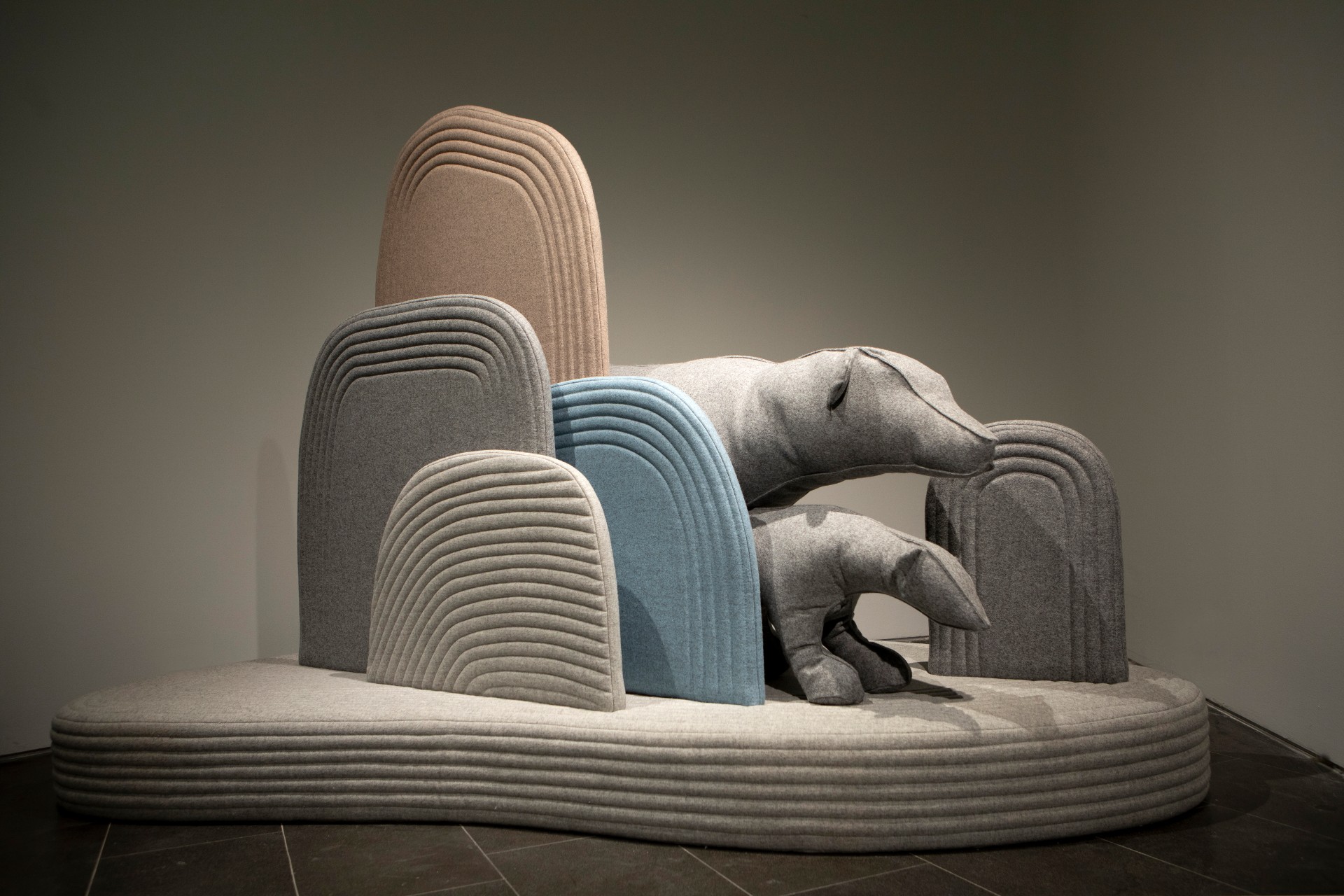 A landscape of playful animals pops up at Design Museum Holon
A landscape of playful animals pops up at Design Museum HolonChild-centric designer Sarit Shani Hay presents an imaginary natural landscape that references Ron Arad's Design Museum Holon architecture and is inhabited by soft, cushioned sea lions, seals and bears
-
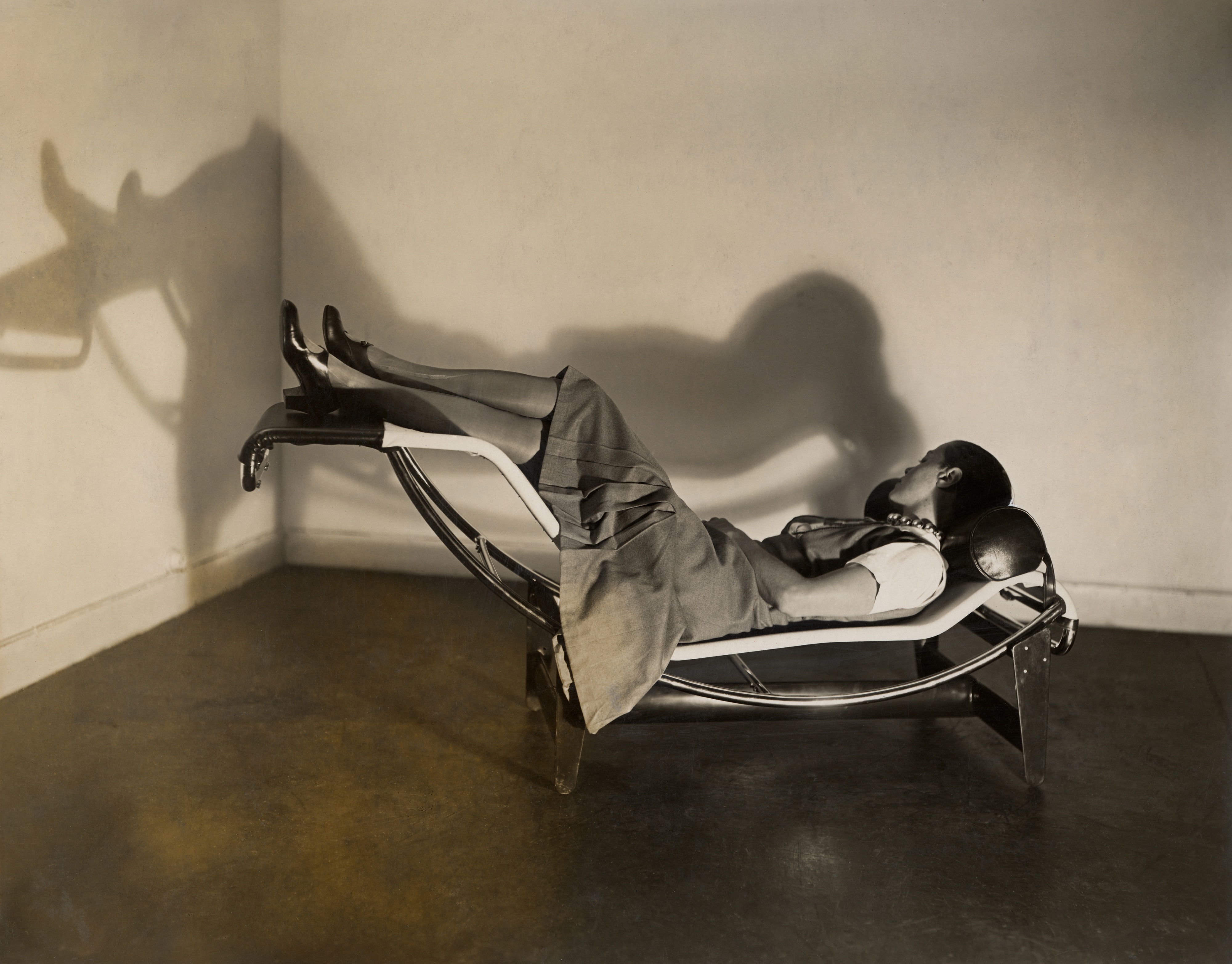 Charlotte Perriand’s life and work explored at London’s Design Museum
Charlotte Perriand’s life and work explored at London’s Design MuseumLondon’s Design Museum presents ‘Charlotte Perriand: The Modern Life’, an exhibition turned the spotlight on one of the most iconic creators of the 20th century